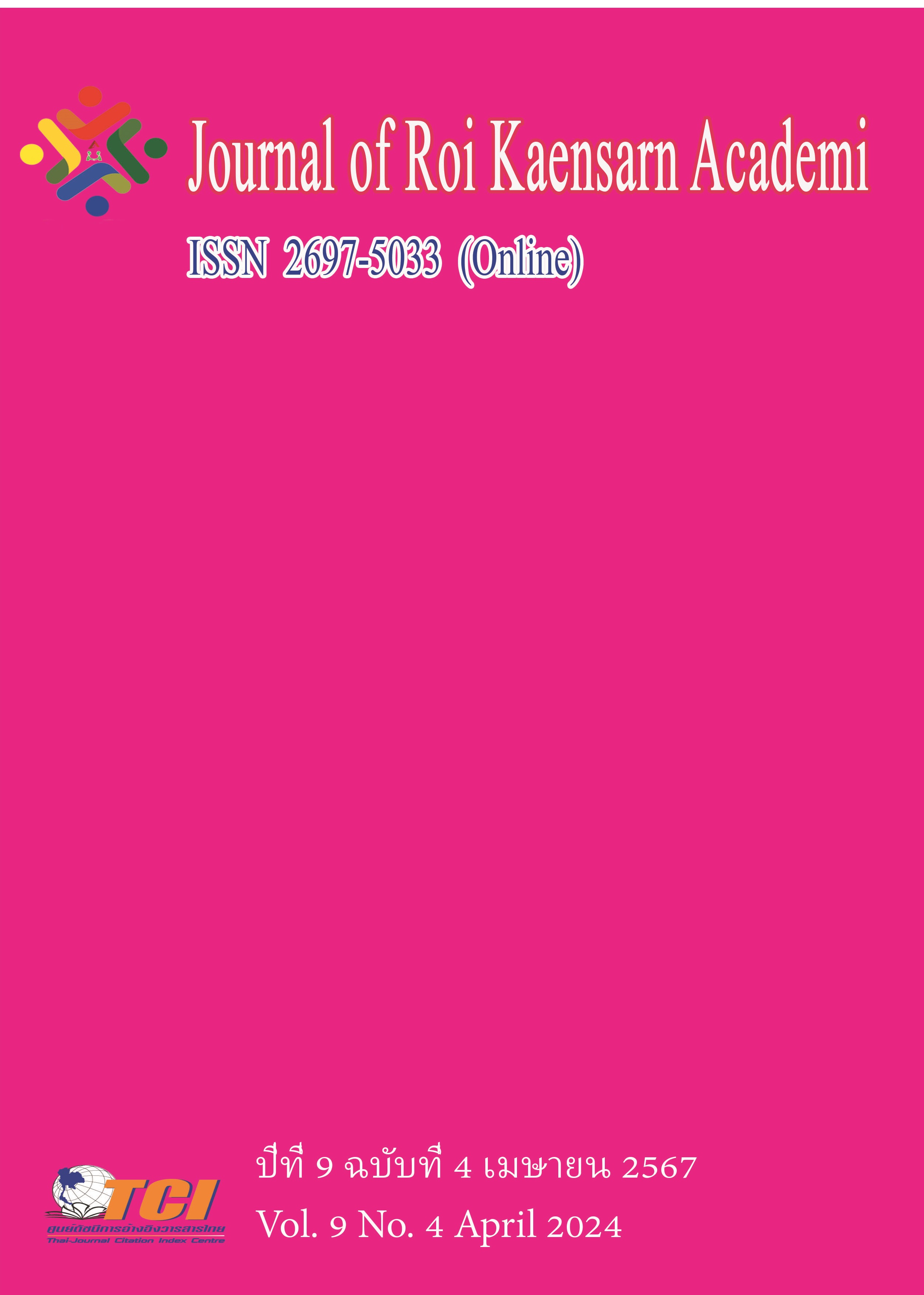The Research on Protection and Inheritance Strategies of Intangible Cultural Heritage: A Case Study of Traditional Tujia Brocade Weaving Technique in China
Main Article Content
บทคัดย่อ
China has a long history, and Chinese culture has a long and profound history. In the long history, the industrious and intelligent Chinese people have created a rich intangible cultural heritage. The Tujia Brocade of the Tujia people in the Wuling Mountains of China, as one of the five famous brocades in China, integrates politics, economy, culture, folklore and beliefs of various historical stages, and has had an important position in the field of textile from the ancient times to the present. However, with the rapid development of the society and the change of people's ideological concepts, the traditional brocade weaving skills of the Tujia ethnic group have encountered multiple realities in the protection and development of the dilemma.
Tujia brocade weaving was approved by the State Council of China in 2006 as one of the first batch of traditional arts to be inscribed on the Intangible Cultural Heritage List, and its preservation and inheritance are currently facing negative impacts brought about by such problems as excessive commercialization, lack of innovative resources, and insufficient community recognition, thus hampering the development of the art.
Article Details
เอกสารอ้างอิง
Xin Yihua,Luo Bin. (2001). Aesthetic Characteristics of Tujia Brocade[J]. Journal of Central China Normal University (Humanities and Social Sciences Edition). (03), 7177.
Wang Huizhang. (2014). Research on the innovation of intangible cultural heritage management mode [J]. Guangxi Social Science. (5), 5964
Luo Dan. (2015). Research on the Application of Digital Media Technology in the Display of Traditional Handicraft Techniques--Taking Xiangxi Miao Embroidery and Brocade as an Example [J]. Popular Literature and Art. (6), 125126
Liu Xiaoyan. (2015). Research on GCPM model of minority intangible cultural heritage protection [J]. Academic Forum. (3), 154158
Chen Rihong. (2018). Examination of the inheritance source of Tujia brocade in Wuling Mountain Area. Journal of Hubei Academy of Fine Arts. (03), 1825. doi:CNKI: SUN:HMSY.0.201803004.
Xiangxi zhou zhi. (1991). Qinding siku quanshu (History). Hunan People's Publishing House.
Ye, Hongguang & Chen, Long. (2014). On the Spiritual Inheritance of Tujia Brocade to Ba Chu Culture.Journal of Wuhan Textile University. (05), 2123. doi:CNKI:SUN: WFGB.0.201405007.
Wang, WANG, WANG, WANG.(2009). The heirs of Xilankapu: An oral history of Tujia brocade masters and inheritors. Central Compilation and Translation Publishing House.
He Jingwei. (2017). Xiangxi Tujia Brocade Vector Illustration Dictionary. Hunan Normal University Press.
Chen, H. W. (2021). Cultural lineage and self-confidence: the highest value of regional holistic conservation.China Intangible Cultural Heritage Forum. http://www.ihchina. cn/luntan_details/24386.html
Ran, Hongfang. (2007). An overview of research on Tujia brocade culture since 1980s. Journal of Central South University for Nationalities (Humanities and Social Sciences Edition)(01),2225. doi

